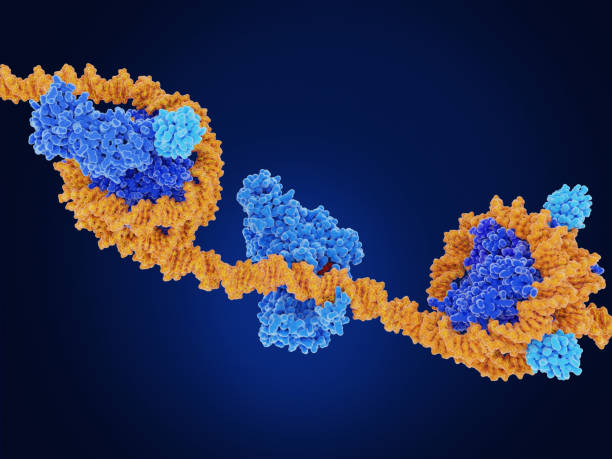Decoding the Enigmatic World of Tardigrade Hibernation
In the microscopic realm of extremophiles, tardigrades stand out as nature's ultimate survivors. These tiny, resilient creatures, also known as water bears, have captured the imagination of scientists and nature enthusiasts alike with their extraordinary ability to withstand extreme conditions through a process called cryptobiosis.

The Marvel of Tardigrade Biology
Tardigrades belong to the phylum Tardigrada, which includes over 1,000 known species. These eight-legged micro-animals are found in diverse habitats across the globe, from mossy forests to Antarctic ice sheets. Their body structure is relatively simple, consisting of a head, four body segments, and eight legs equipped with claws. Despite their diminutive size, tardigrades possess a complex nervous system and a brain, allowing them to exhibit basic behaviors and respond to environmental stimuli.
What sets tardigrades apart from other microscopic organisms is their extraordinary ability to enter a state of cryptobiosis. This suspended animation-like state allows them to survive extreme conditions by dramatically reducing their metabolic activity and water content. During cryptobiosis, tardigrades can withstand temperatures ranging from near absolute zero to well above the boiling point of water, extreme pressures, and even exposure to the vacuum of space.
The Secrets of Cryptobiosis Unveiled
The process of cryptobiosis in tardigrades is a marvel of biological engineering. When faced with adverse conditions such as dehydration, freezing, or oxygen deprivation, tardigrades undergo a series of physiological changes that enable them to enter a state of suspended animation. This process, known as anhydrobiosis, involves the production of special proteins and sugars that protect the tardigrade’s cells from damage.
One of the key components of this protective mechanism is the production of trehalose, a sugar that acts as a natural antifreeze and helps preserve the integrity of cellular structures. Additionally, tardigrades produce special proteins called intrinsically disordered proteins (IDPs) that form a gel-like substance within their cells, further protecting them from damage during the cryptobiotic state.
Unraveling the Genetic Basis of Tardigrade Resilience
Recent advancements in genomic sequencing have provided new insights into the genetic underpinnings of tardigrade resilience. Studies have revealed that tardigrades possess unique genes that encode for proteins involved in DNA repair, antioxidant production, and stress response. These genetic adaptations play a crucial role in enabling tardigrades to survive extreme conditions and repair cellular damage upon rehydration.
One particularly interesting discovery is the presence of a protein called Dsup (Damage suppressor) in certain tardigrade species. This protein has been shown to protect DNA from damage caused by X-rays and other forms of radiation. The potential applications of this discovery in fields such as radiation protection and space travel have sparked significant interest in the scientific community.
Applications in Biotechnology and Medicine
The unique abilities of tardigrades have not gone unnoticed by researchers in the fields of biotechnology and medicine. Scientists are exploring ways to harness the protective mechanisms of tardigrades for various applications, including the preservation of biological materials and the development of new therapeutic strategies.
One area of particular interest is the potential use of tardigrade-inspired technologies in organ preservation for transplantation. By understanding and replicating the mechanisms that allow tardigrades to survive extreme dehydration and freezing, researchers hope to develop more effective methods for preserving organs for extended periods, potentially revolutionizing the field of transplant medicine.
The Future of Tardigrade Research
As our understanding of tardigrade biology continues to grow, so too does the potential for groundbreaking discoveries and applications. From space exploration to medical breakthroughs, the study of these remarkable creatures offers a wealth of possibilities for scientific advancement.
Ongoing research efforts are focused on further elucidating the molecular mechanisms underlying tardigrade resilience, with the goal of developing novel biomimetic materials and technologies inspired by these extraordinary organisms. As we continue to unravel the secrets of tardigrade hibernation, we may unlock new solutions to some of the most pressing challenges facing humanity, from environmental conservation to human health and beyond.
The enigmatic world of tardigrade hibernation serves as a testament to the incredible adaptability and resilience of life on Earth. As we delve deeper into the mysteries of these microscopic marvels, we are sure to uncover even more fascinating insights that will shape our understanding of biology and inspire innovative solutions to complex problems.





